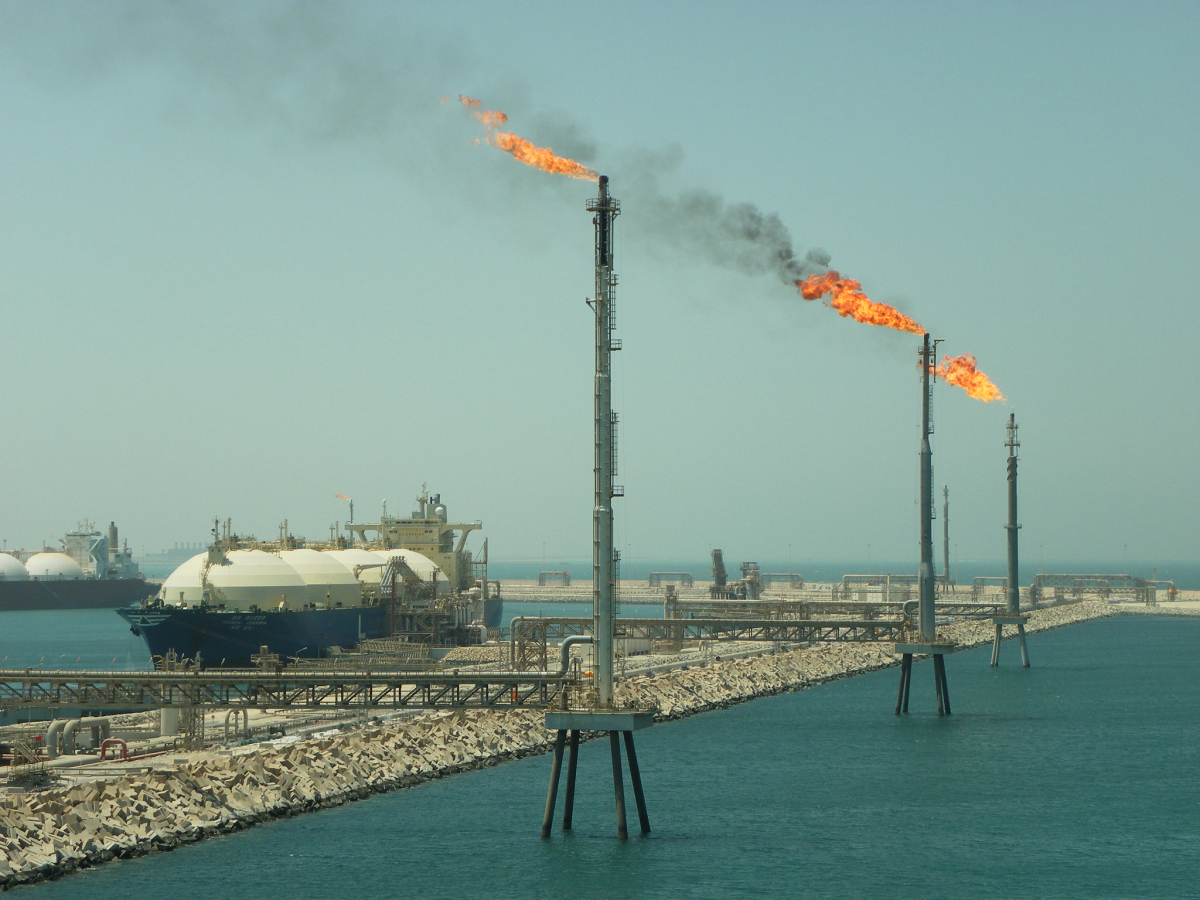How the LNG tables have turned

Not even a year ago, things looked grim for Canadian LNG. There were several companies hoping to convert natural gas from Canada into liquid form and send it overseas, but only one export facility was actually under construction on the West Coast. Then, Quebec scrapped a multibillion-dollar project last summer — over environmental concerns, no less — and the prospects got even slimmer. On the East Coast, at least, the LNG biz seemed like a long shot.
Fast-forward to today, and things are notably different. Europe, desperate to break up with Russian fossil fuels, is courting other suppliers, and Canada is one of several countries waiting in the wings. Natural Resources Minister Jonathan Wilkinson is reportedly in talks over two East Coast projects, including the folks behind a formerly shelved LNG facility that’s been reimagined as a floating barge. On Friday, Énergie Saguenay — the same project Quebec axed last year and the federal government rejected in February — announced an agreement with a Ukrainian company to purchase LNG and green hydrogen from Quebec, though it’s not clear how this will work. (Neither the province nor the feds have said anything about reviving the project; as recently as May, Wilkinson suggested it was unlikely to get a second chance.)
The pro-LNG crowd argues timing is everything: Europe needs energy now, and alternative sources of natural gas could provide an important short-term fix. But critics point out that building new pipelines, production facilities and shipping terminals locks in more greenhouse gas emissions for decades to come.
This week, my colleague Natasha Bulowski reported on the LNG “gold rush” that presents another threat to the world’s climate goals. An analysis by Climate Action Tracker finds fossil fuel production is on the rise — not just in Canada but also in the U.S., Norway, Italy and Japan — while other countries around the world are dusting off shelved natural gas plans in the wake of Russia’s invasion of Ukraine.
Even with speedy construction, projects like these can take years to complete. An offshore LNG facility in Newfoundland and Labrador, for example, is hoping to push forward its plans in light of Europe’s current energy woes. If all goes well, it’ll start shipping natural gas to Europe by 2028 — but the European Union plans to have already quit Russian fossil fuels by then.
It’s worth noting that for any East Coast projects that may come to pass, both Canada and the EU are adamant their LNG facilities won’t go the way of other fossil fuel infrastructure and become essentially worthless. Instead, they’ll have a second life transporting emission-free green hydrogen. Germany, for example, is already planning to morph its LNG terminals into hydrogen hubs at a later date. But this isn’t as easy as swapping out one fuel for another — transporting hydrogen requires completely different equipment, Bloomberg reports, and even cheaper alternatives for shipping the green fuel come with some as-yet-unsolved caveats.
For critics, the worry is that we’re building things that will quickly become obsolete — and investing in them means we’ve backed ourselves into a corner where the choice is protecting the planet or losing boatloads of money. It doesn’t have to be that way, though: when Russian forces invaded Ukraine, the International Energy Agency wasted no time putting together a 10-point plan outlining how Europe could slash its reliance on Russian natural gas within a year. That plan mentions alternative sources of natural gas but, in keeping with the agency’s previous advice, no new fossil fuel infrastructure.
Analysts at E3G, a think tank whose funders include Environment and Climate Change Canada as well as the EU, take this idea a step further. Europe could replace two-thirds of the Russian gas it uses with clean energy by 2025 and never have to build new gas infrastructure or prolong the life of coal or nuclear power plants, a recent briefing suggests. Instead, the continent could speed up the energy transition plans it’s already made and go bigger on energy-saving efforts to help rein in demand.
What happens next remains to be seen, but it’s clear LNG is having a moment — and folks on Bay Street are taking notice. How this strategy plays into Canada’s promise to slash greenhouse gas emissions, though, is an open question.
LNG by the numbers
-162 C: Temperature of natural gas in liquid form
1: Number of facilities up and running that can import LNG into Canada
0: Number of facilities up and running that can export LNG from Canada
24: Number of proposed LNG projects Ottawa was tracking as of 2017, according to Globe & Mail reporting
9: Number of proposed LNG projects industry analysts say have a chance of success
2025: When LNG Canada’s Phase 1 — the country’s first export facility — is expected to come online
2027: When the European Union plans to cut off all other Russian fossil fuels
2028: When LNG Newfoundland and Labrador, a project off the province’s coast, could start exporting if it speeds up production to accommodate Europe’s energy needs
Reads of the week
- The surprising truth about gun deaths in Canada
- Canadians’ $100B oil and gas problem
- ‘We are salmon people’: First Nation leaders in B.C. demand audience with fisheries minister
- Doctors’ groups push for truth in advertising when it comes to fossil fuels
- Young voters had little reason to turn up, but did they? Who knows
- Why this Quebec farmer is growing seeds for ‘resilience’
- ‘To say Doug Ford is the chief planner of every municipality in Ontario is crazy’: A conversation with urban designer Ken Greenberg


